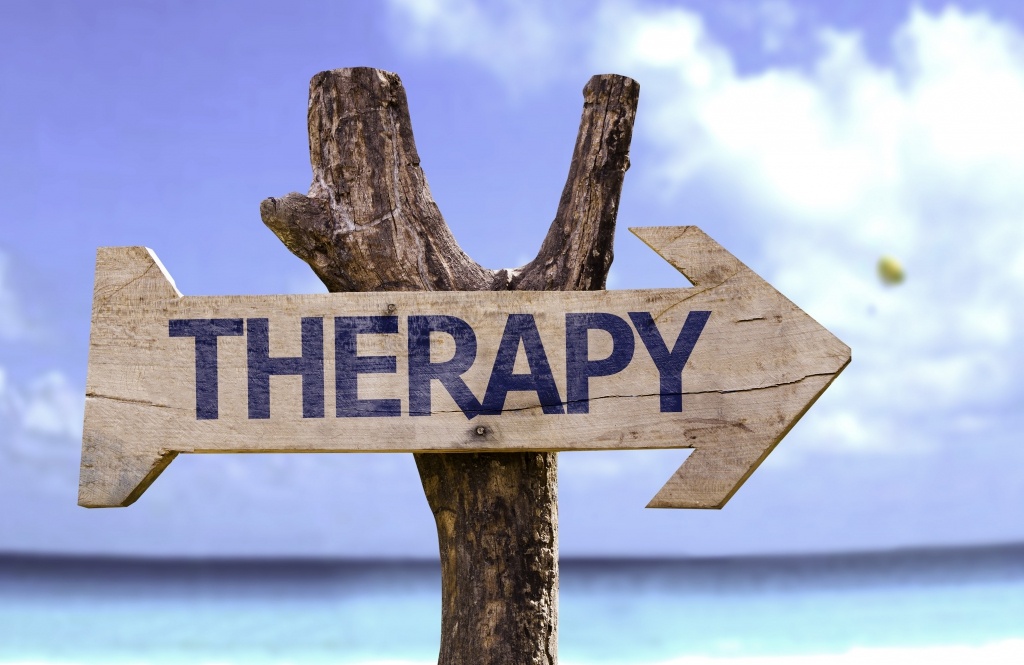OCD Therapy: What Is Exposure and Response Prevention?
 Exposure and Response Prevention (ERP) is the treatment for Obsessive Compulsive Disorder (OCD) that has the most international research supporting its effectiveness.
Exposure and Response Prevention (ERP) is the treatment for Obsessive Compulsive Disorder (OCD) that has the most international research supporting its effectiveness.
It is a specific type of Cognitive Behavior Therapy (CBT). CBT teaches people to recognize unhealthy patterns of thinking. That’s the “cognitive” part. The second part is the “behavior” part. CBT works to help change behaviors.
OCD involves either obsessions (cognitive), compulsions (behavior), or both. Therefore, it makes perfect sense that CBT is a common first treatment approach for OCD.
ERP is a targeted approach specific to working with OCD symptoms. That said, ERP can also be used to treat other disorders including various types of anxiety.
Exposure to Obsessions
OCD obsessions are the unwanted, intrusive thoughts that enter a person’s head. They won’t go away, and they can become quite overwhelming. In some cases, these thoughts are images rather than words.
These thoughts are often accompanied by extremely uncomfortable feelings. For example, the person may feel:
- Shame
- Disgust
- Anger
- Frustration
- Doubt
- Fear
Alternatively, they may feel like there is something that must be done to “set things right,” or get rid of the obsession.
Exposure and Response Prevention focuses on structured exposure to these thoughts. Of course, the person is having the thoughts anyway. However, there are often specific triggers for the thoughts, so exposure may be to those things that trigger the obsessions.
Alternatively, it may be simply focusing on the unwanted thoughts in a structured environment.
Response Prevention
In OCD, compulsions are the behaviors that a person does in response to obsessions. They want to get rid of the thoughts or uncomfortable feelings. Therefore, they engage in specific, usually repetitive, behavior.
For example, a child with OCD may have a fear of germs. That is the thought. The behavior is frequent hand-washing.
Response prevention means that the individual is exposed to the fear but does not engage in the compulsion.
In this case, a child might be asked to hold something he or she considers dirty (exposure). Furthermore, the child is asked to refrain from handwashing (response prevention).
Gradual Exposure
Of course, it sounds terrifying to expose yourself to upsetting thoughts or situations you work hard to avoid. This may be especially true in cases of OCD where thoughts are violent or sexual in nature.
The key to success with Exposure and Response Prevention is that exposure happens gradually. Let’s say that you have a fear of getting stuck in an elevator. You wouldn’t just be asked to take an elevator to the top floor of a large building.
Instead, you would use gradual exposure, with steps that might include:
- Entering a building that you know has an elevator.
- Approaching the elevator and standing outside of it.
- Pressing the button to call the elevator.
- Standing inside of the elevator for thirty seconds with the door held open.
- Taking the elevator up one flight with a friend.
- Taking the elevator up one flight alone.
You would not do these steps all in one day. In fact, depending on your obsessions, and the severity of your OCD symptoms, it may take weeks to complete the steps.
Adopting New Coping Skills
The entire time that you’re engaged in the exposure, you will work with your therapist on your response. You will avoid the compulsive behavior. Simultaneously, you will learn new coping skills.
For example, you may practice breathing techniques in place of compulsive behavior. As you extend your exposure, you will be asked to notice when your anxiety level goes down. This increases awareness of your own self-control in the situation.
—
Exposure and Response Prevention is an important type of therapy that can help you achieve your therapeutic goals.
Learn more about how we can help you and other therapy types HERE.
